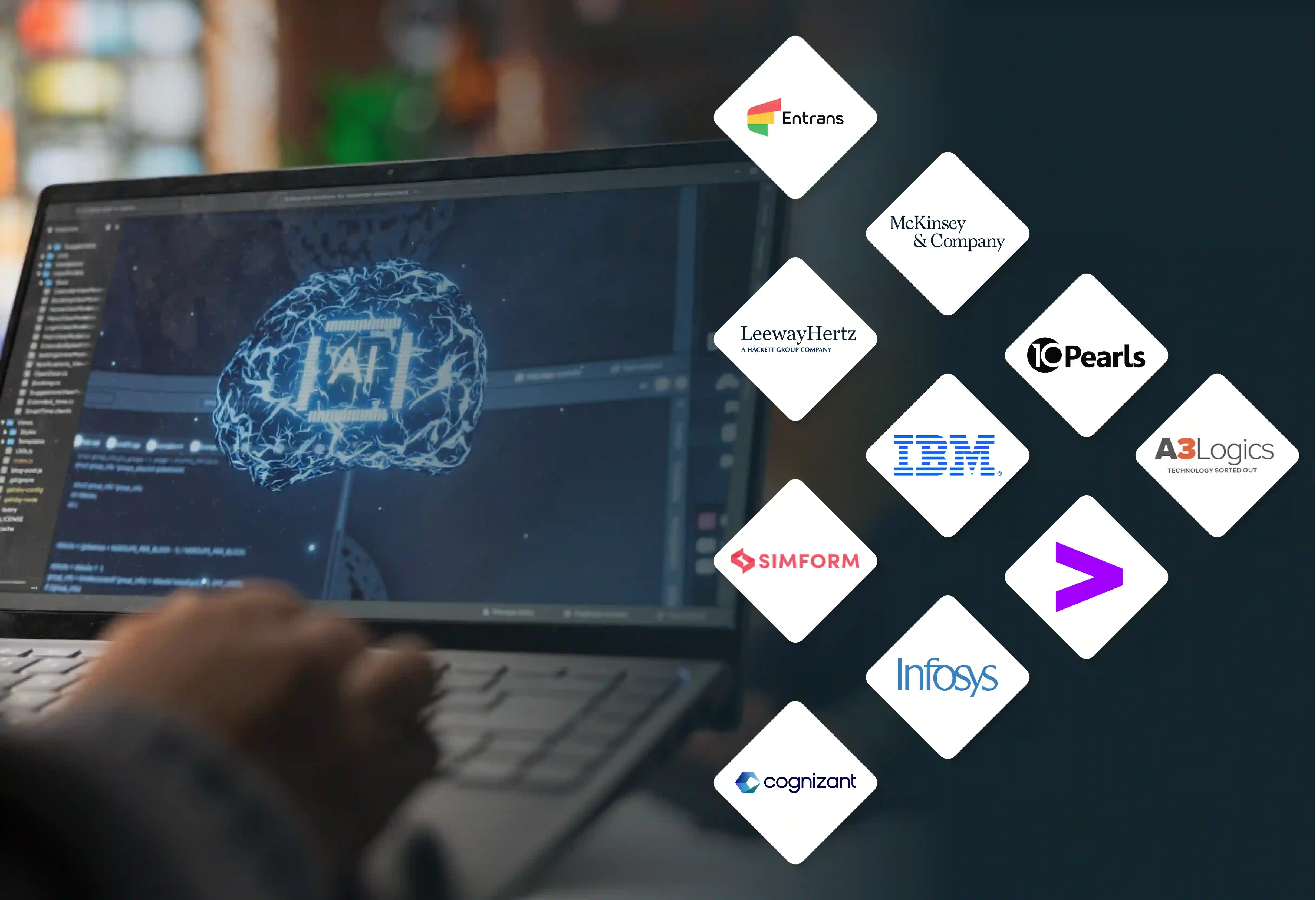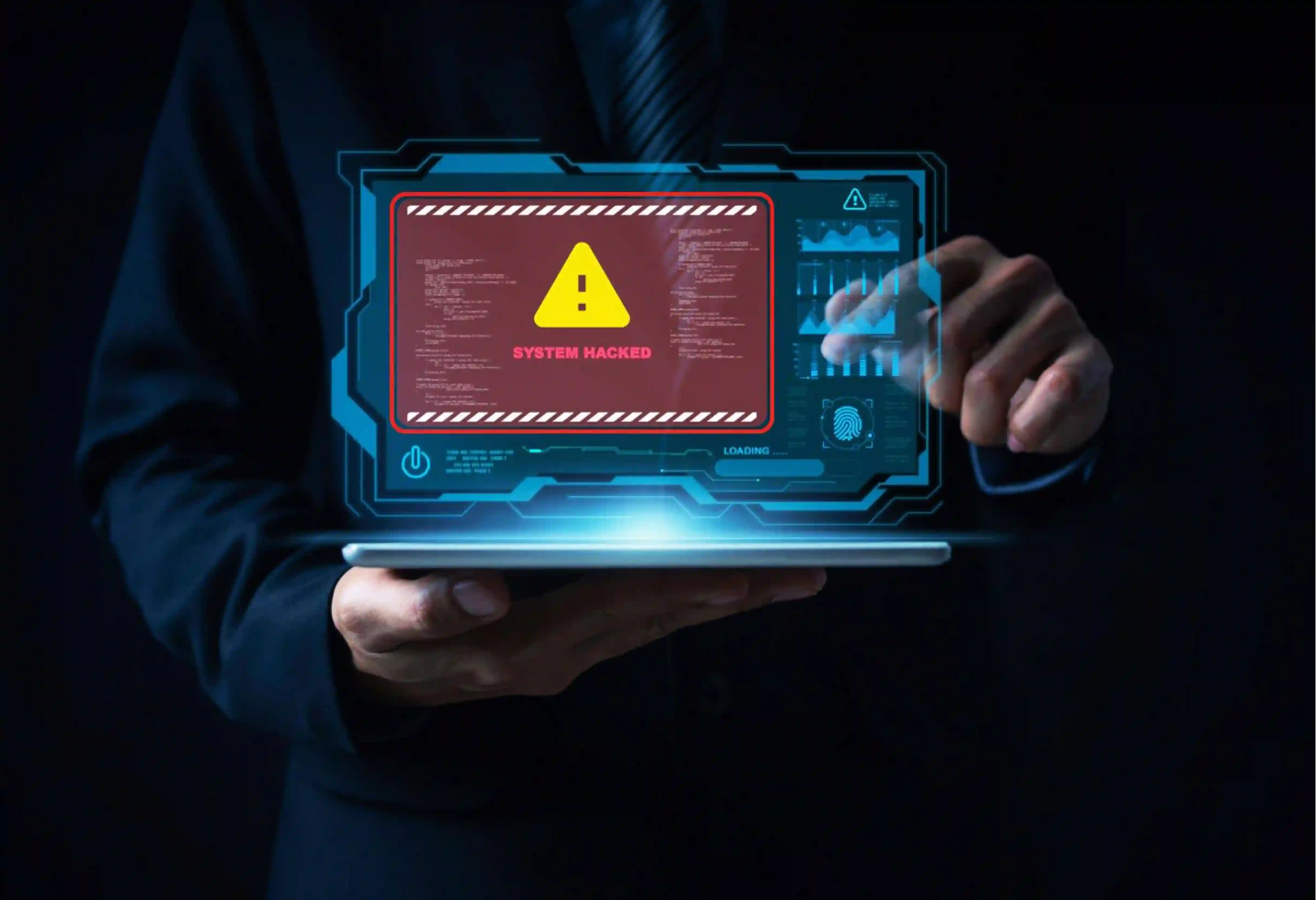


In today’s economy, customer experience is the battlefield where brands win or lose. Whether it is a banking app, a healthcare portal, or a supply chain dashboard, applications are the primary interface between enterprises and their stakeholders.
Yet many organizations still rely on applications built a decade or more ago. These monolithic systems were never designed for today’s digital-first world. They are slow to adapt, expensive to maintain, and difficult to scale. The result is a widening gap between what customers expect and what enterprises can deliver.
Application modernization bridges this gap. It is not just about rewriting code but about rethinking how applications are designed, built, and deployed to drive agility, resilience, and growth.
Legacy applications create bottlenecks across business and technology functions:
These constraints limit the ability of enterprises to respond quickly to market shifts or customer demands.
Application modernization is the process of transforming legacy applications into flexible, cloud-ready, and customer-centric systems. Key approaches include:
The right approach depends on business needs, risk appetite, and long-term strategy.
Modernized applications are increasingly built on microservices — modular components that can be developed, deployed, and scaled independently. Combined with API-first design, this approach delivers:
For industries like BFSI, this enables real-time payments and open banking. For healthcare, it allows secure interoperability across EMRs and patient platforms.
Cloud platforms are not just hosting environments; they are enablers of modern application design. Cloud-native applications leverage containerization, serverless computing, and continuous deployment pipelines to:
Enterprises that move to cloud-native applications see dramatic improvements in speed, efficiency, and security posture.
Application modernization is ultimately about people — the customers and employees who interact with applications every day. Benefits include:
For employees, modernized applications simplify workflows, reduce manual effort, and enable collaboration across teams.
A leading bank struggling with slow product launches modernized its loan origination system. By moving from a monolithic design to microservices, it reduced release cycles from quarterly to weekly. The result was faster time-to-market for digital lending products, increased revenue, and improved customer satisfaction.
A healthcare provider replaced its fragmented appointment scheduling and patient portal systems with a cloud-native, API-driven application. The change enabled real-time appointment booking, integrated telehealth, and secure data sharing across providers. Patient engagement scores rose by 25 percent, while operational costs declined.
Organizations that modernize their applications achieve measurable results:
These outcomes prove that application modernization is not just a technical upgrade but a driver of business competitiveness.
A successful modernization program follows a structured roadmap:
This phased approach reduces risk and ensures tangible business benefits at every stage.
In a world where customer expectations evolve daily, applications are no longer just IT assets. They are the face of the enterprise, the enabler of digital-first strategies, and the driver of competitive advantage.
Modernizing applications is not an option. It is the foundation for delivering the agility, scalability, and innovation required to thrive in the digital economy. Enterprises that take this step today will be the ones shaping customer expectations tomorrow.





